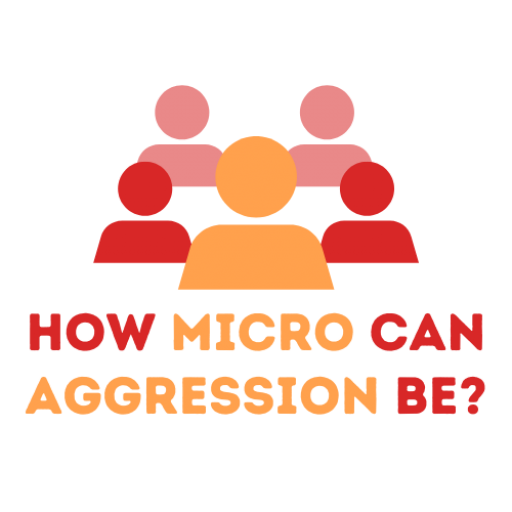Topic 1 An Introduction on Hate Speech
As described before, micro-aggression can be a form of verbal discrimination (among other appearances. However, not all micro-aggression is verbal discrimination and likewise, not all verbal discrimination should be considered a micro-aggression. Hate speech is another example of verbal discrimination, previously defined in the Erasmus+-project Arguments Against Aggression as:
‘’Hate speech is violence that is spread through language, word and images, both online and offline. Hate speech targets entire groups that are excluded with hatred in ‘real-life’ and on the internet. Hate speech insults, threatens and despises people because of their origin, faith, gender or sexual orientation. On social networks, hate speech creates a hostile climate that can also trigger acts of violence in real life.’’
Then the project goes on to identify several criteria for Hate Speech. They state that identification of statements as being Hate Speech is difficult, because this type of language does not necessarily appear directly as hatred or emotions. Hate Speech can also be hidden in statements that at first glance seem normal or rational. The concept of Hate Speech encompasses a multiplicity of situations:
- Incitement of racial hatred or in other words, hatred directed against persons of groups of persons on the grounds of belonging to a race;
- Incitement to hatred on religious grounds, to which may be equated incitement to hatred based on a distinction between believers and non-believers;
- Incitement to other forms of hatred based on intolerance expressed by aggressive nationalism and ethnocentrism;
- Homophobic speech also falls into what can be considered a category of ‘hate speech’.
